Ballet, a dance form steeped in tradition, continuously evolves with new training techniques. One such innovation is the Progressing Ballet Technique, a program designed to enhance flexibility, strength, and understanding of ballet mechanics. While it’s acclaimed by dancers worldwide, how young enthusiasts approach it is crucial.
Children’s bodies and minds are different from adults. They’re more malleable, curious, and eager to learn but require careful attention to ensure they don’t overstrain or lose interest. A tailored approach to the Progressing Ballet Technique can tap into their unique qualities, maximizing benefits while keeping the fun intact.
In this article, we’ll delve into how progressing ballet techniques can be customized for young dancers, ensuring they enjoy their training and lay a solid foundation for advanced techniques. So, stay tuned for enlightening insights whether you’re a parent, instructor, or young ballet enthusiast!
The Essence of Progressing Ballet Technique
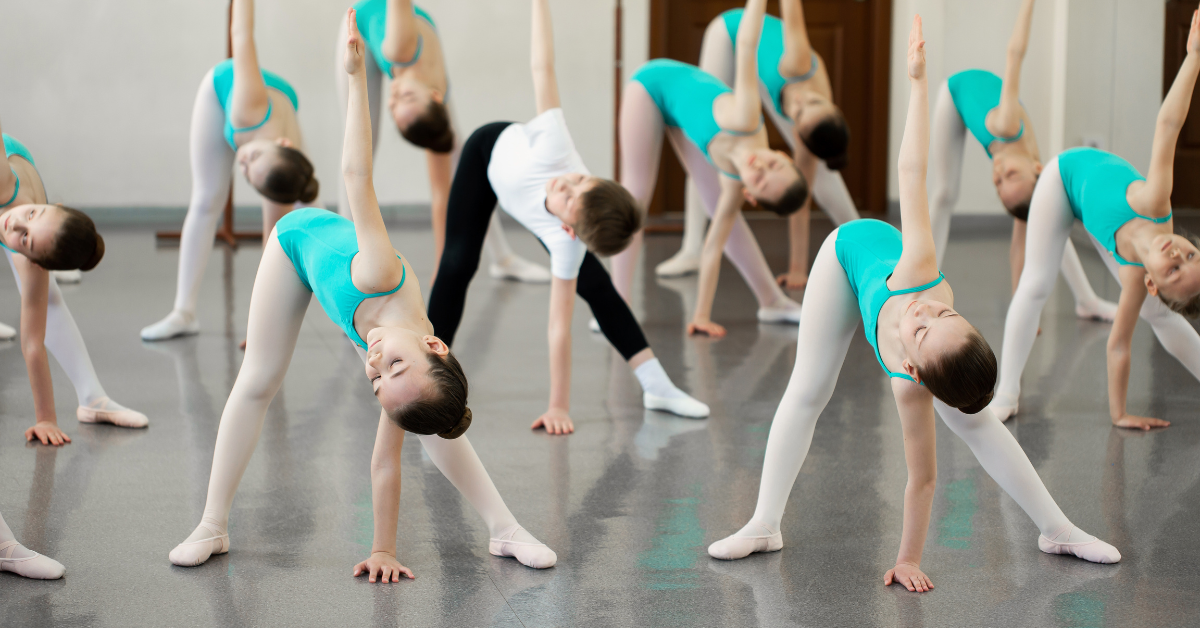
A Modern Twist on Traditional Training
Progressing Ballet Technique, often called PBT, brings a fresh perspective to classical ballet training for kids. It emphasizes muscle memory, alignment, and core stability. Through specialized exercises, dancers can deeply understand their bodies, leading to better execution of ballet techniques.
Building a Strong Foundation
With progressing ballet techniques, dancers have strong foundational knowledge. It’s not just about the moves; it’s about understanding the ‘why’ and ‘how’ behind each movement. This comprehensive understanding ensures that when they dance, they do so with precision, grace, and fewer chances of injury.
Why Young Dancers Need a Specialized Approach
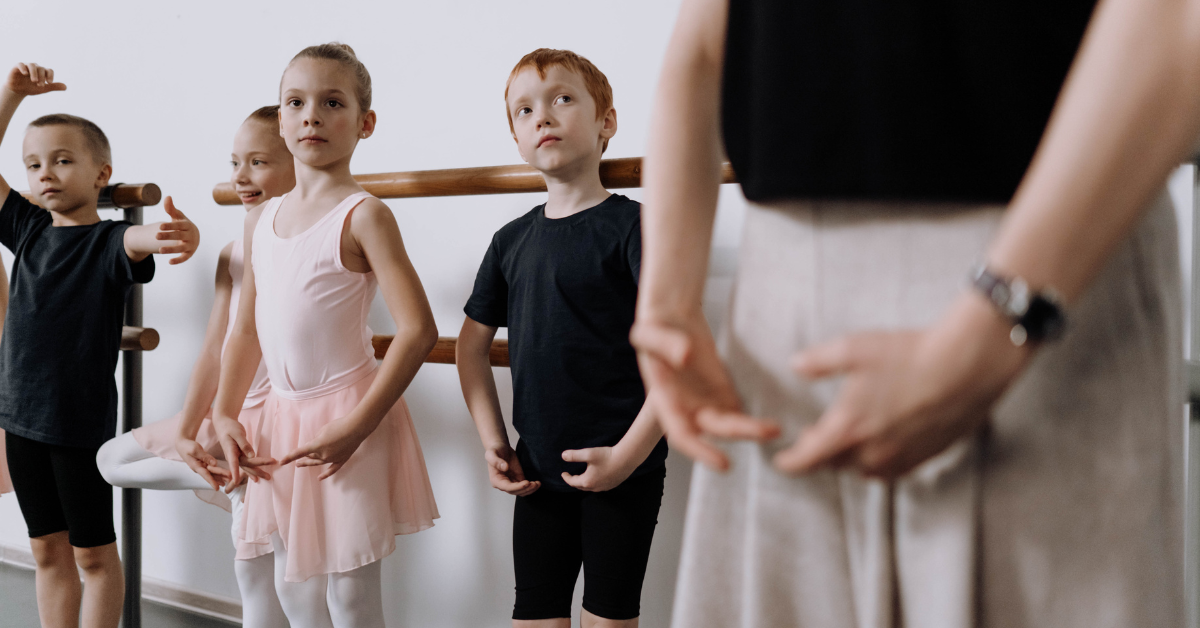
Children are Not Mini Adults
Young dancers, with their boundless energy and flexibility, are often mistakenly treated as mini-adults. However, their muscles, bones, and cognitive functions are still developing. Applying adult techniques to them without modification can be counterproductive, worse, or harmful.
Keeping the Joy Intact
The world of ballet, while mesmerizing, can sometimes be demanding. For kids, it’s essential to keep the learning process fun and engaging. A specialized approach to progressing ballet technique ensures that while they learn the essentials, the joy of dancing isn’t overshadowed by rigorous training.
By acknowledging young dancers’ unique needs and attributes, we can ensure that their introduction to the Progressing Ballet Technique is both fruitful and enjoyable.
Customizing Progressing Ballet Technique for Kids
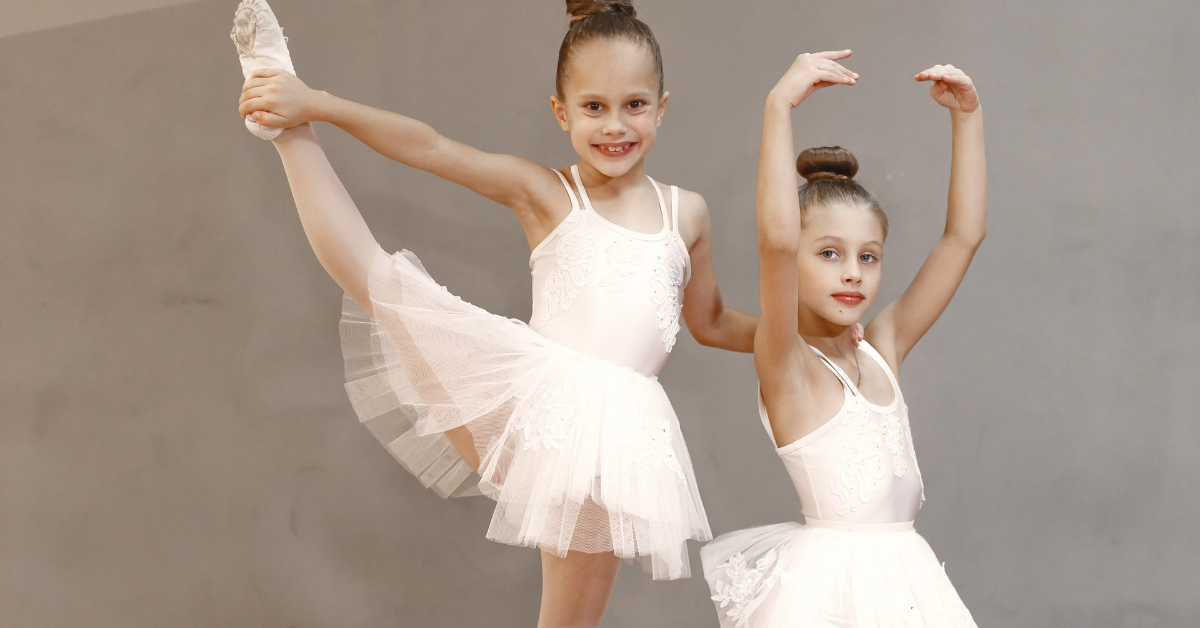
Age-Appropriate Exercises
Every age group has its own set of strengths and limitations. For younger dancers, exercises should be tailored to match their physical capabilities. Simplifying some movements while emphasizing the fun elements can make progressing ballet technique sessions more engaging for them.
Interactive Learning
Kids are naturally curious and love to explore. Integrating interactive elements, like storytelling or imaginative play, into progressing ballet technique sessions can make complex techniques more digestible. For instance, visualizing a scenario where they need to stretch like a cat or balance like a flamingo can make the exercises more relatable.
Short, Focused Sessions
Kids have shorter attention spans. Instead of long, exhaustive sessions, breaking down the progressing ballet technique training into shorter, focused bursts ensures they remain attentive and soak in the essence of each technique without feeling overwhelmed.
Safety First
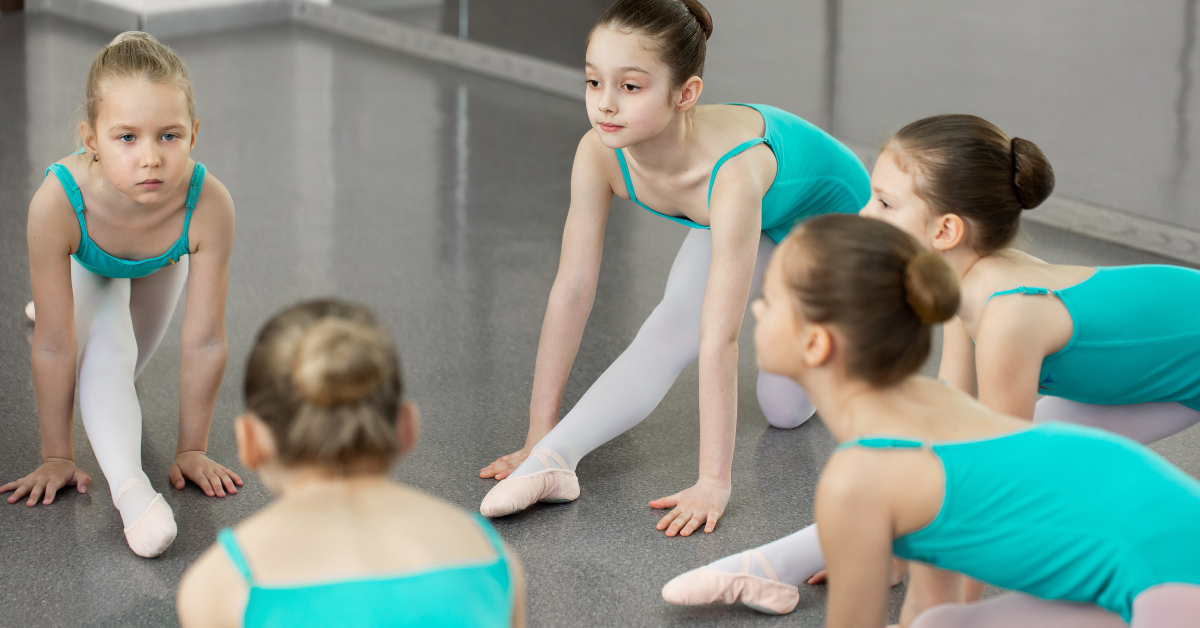
Understanding Physical Limits
It’s crucial for instructors to be aware of the physical limits of young dancers. Overstretching or pushing too hard can lead to unnecessary strain or injury. Regular check-ins during sessions and understanding each dancer’s comfort level can prevent potential mishaps.
Creating a Safe Environment
Beyond the exercises, the environment plays a pivotal role in a child’s safety. Ensuring that the flooring is appropriate, there’s enough space to move freely, and no potential hazards can make every progressing ballet technique session a safe experience.
Emphasizing the Importance of Warm-ups
Before diving into any progressing ballet technique exercises, warming up is essential. Gentle stretches and basic movements prepare the young dancer’s body, ensuring muscles are ready and reducing the risk of sudden injuries.
With these guidelines in place, young dancers can explore the world of ballet with enthusiasm and safety, harnessing the full potential of customized progressing ballet technique sessions.
The Benefits of Progressing Ballet Technique for Young Ballet Enthusiasts
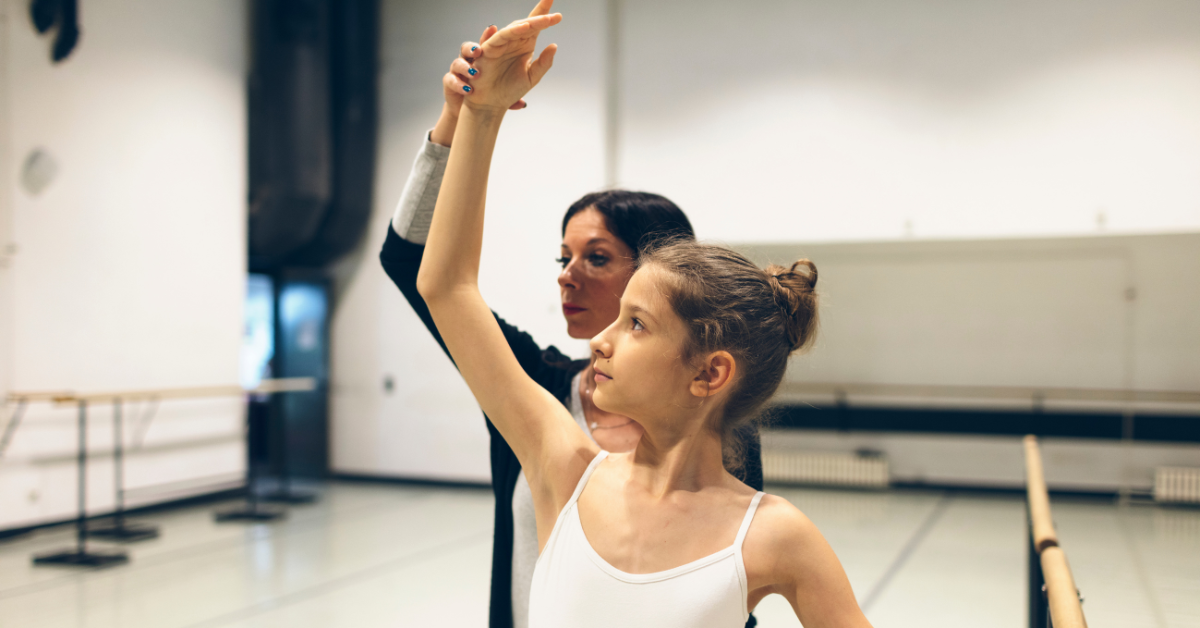
Developing Core Strength
One of the hallmarks of progressing ballet technique is its focus on building core strength. For young dancers, this means not just stronger muscles but also better posture. As they grow and mature, this strength becomes the backbone of more advanced techniques.
Enhancing Flexibility Safely
While kids are naturally more flexible, progressing ballet technique ensures this flexibility is enhanced without risking overextension. It teaches them to stretch and move in ways that respect their body’s boundaries, promoting long-term health and mobility.
Deepening Body Awareness
The progressing ballet technique is more than just a series of exercises; it’s a journey into understanding one’s body. Young dancers learn to feel each muscle and movement, cultivating a keen sense of body awareness. This knowledge can be invaluable, not just in ballet but in every physical activity they undertake.
Laying a Solid Ballet Foundation
Before the grand leaps and intricate turns come the basics. progressing ballet technique equips young enthusiasts with robust foundational knowledge. By understanding the core principles early on, they are better poised to tackle advanced ballet techniques in the future.
Fostering Discipline and Dedication
Like all things worth pursuing, ballet requires discipline. Regular progressing ballet technique sessions instill a sense of dedication in young dancers. They learn the value of practice, perseverance, and patience, virtues that will serve them well in dance and life.
In essence, progressing ballet technique is not just a training program but a tool for holistic development. For young ballet enthusiasts, it’s a gateway to a world of dance filled with grace, strength, and endless possibilities.
Conclusion
Ballet is a dance form that marries artistry with athleticism. For young enthusiasts just stepping into this enchanting world, having the right techniques and training methods can shape their journey. Progressing Ballet Technique offers a unique approach tailored to their growing bodies and curious minds. It’s not just about learning steps but understanding the dance from within. With the right guidance through the School of Dance and consistent practice, every young dancer has the potential to shine brightly, making every twirl, leap, and step a testament to their passion and dedication. Dive into progressing ballet technique, embrace its refinement, and watch as it transforms the dance experience. Contact us for more insights on progressing ballet technique.








